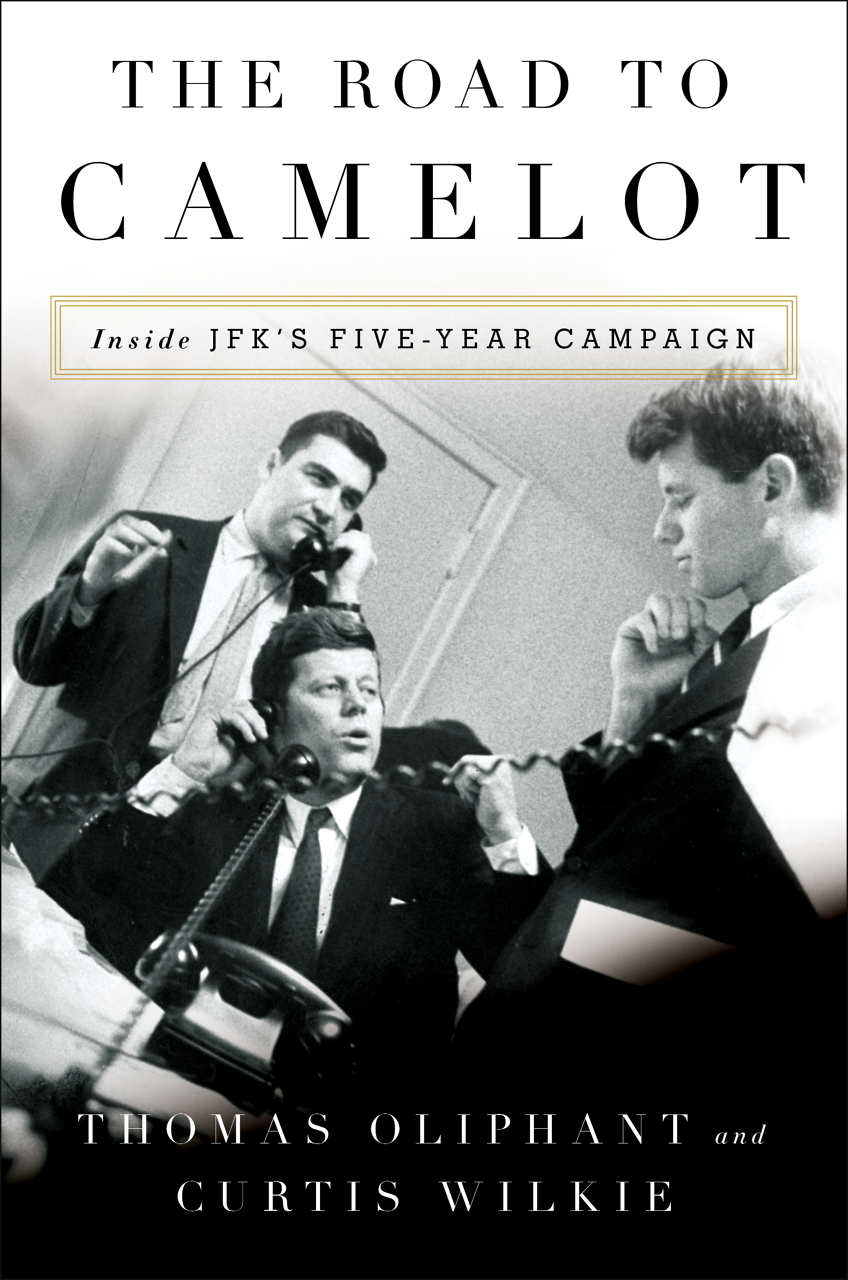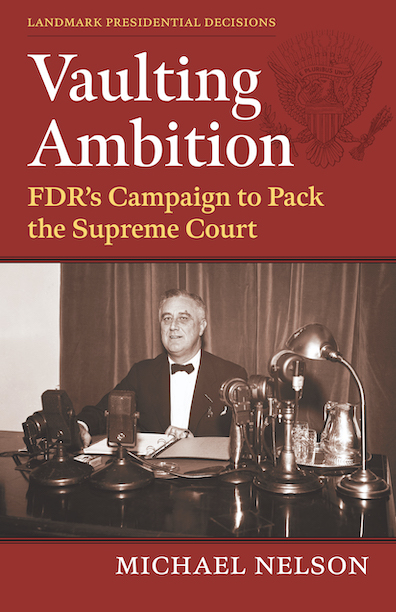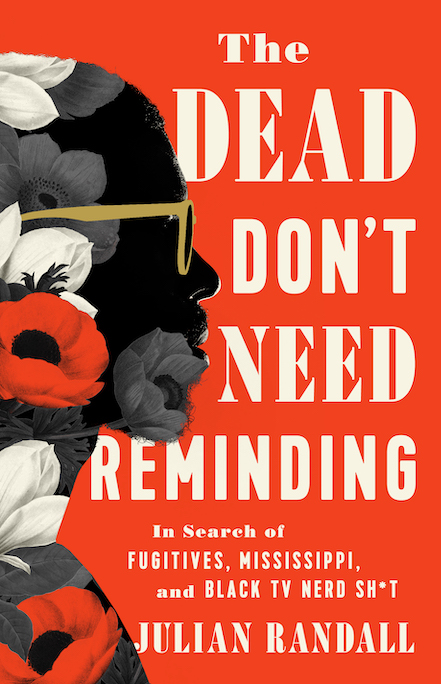Honky Tonk Devil
Eileen Sisk delivers the first in-depth biography of Buck Owens
A tenant farmer’s son; an influential musician with more than thirty top-ten and fifteen number-one singles; a cornball, overall-wearing bumpkin who hosted a popular country-music television show; a cutthroat, razor-sharp business tycoon obsessed with dollars, sex, and power: this isn’t the latest cast description of Donald Trump’s Celebrity Apprentice. According to a new book by Eileen Sisk, all of these descriptions apply to one man: Buck Owens.
As the man most associated with the “Bakersfield Sound,” Owens bucked the sweetly produced masterpieces coming out of Nashville in the 1960s. Shaped in the bars of this California town filled with displaced Okies, his brand of honky-tonk—rough and tumble, a bit edgy, and marked by stellar harmony vocals and guitar work—ruled the airwaves for almost a decade. Buck Owens influenced everyone from the Beatles and the Rolling Stones to Dwight Yoakam and Brad Paisley. Eileen Sisk’s Buck Owens: The Biography is the first in-depth examination of the legendary performer, offering a glimpse behind the grinning persona and red-white-and-blue guitars. Using public records and exhaustively detailed interviews with Buck’s friends, lovers, business partners, and the musicians who spent 300 days a year in his company, Sisk delivers a compelling story revolving around one of country music’s most fascinating and complicated characters. If you think you know Buck Owens, think again.
 Eileen Sisk is the author of Honky-Tonks: Guide to Country Dancin’ and Romancin’ and was formerly an editor at the Tennessean and The Washington Post. A member of Investigative Reporters and Editors and the Society of Professional Journalists, she answered a few questions from Chapter 16 by email.
Eileen Sisk is the author of Honky-Tonks: Guide to Country Dancin’ and Romancin’ and was formerly an editor at the Tennessean and The Washington Post. A member of Investigative Reporters and Editors and the Society of Professional Journalists, she answered a few questions from Chapter 16 by email.
Chapter 16: When you began writing, you had Buck Owens’s full cooperation, though he abruptly ended the partnership three years into the project. Can you describe what his letters were like during the years you corresponded? Any idea why he changed his mind about the book?
Sisk: First, I want to make it clear that Buck never cooperated with me. I know Publishers Weekly “assumed” I had his full cooperation, but that was not the case.
Buck basically strung me along for three years, during which time we exchanged letters and he humored me, asking me how we would structure a deal should I write his autobiography. Our correspondence began in 1996 when he was heavily promoting the Crystal Palace, which he was about to open. He wanted me to include the Crystal Palace in any future editions of my first book, HONKY-TONKS: Guide to Country Dancin’ and Romancin’ (HarperCollinsWest, 1995). The club’s general manager, Terry Christofferson, filled out the questionnaire for my database and Buck sent me a photo of the artist’s rendering of the club. The only cooperation I received from him was that he was hoping I would help promote his new country club.
During our exchange of letters, I kept chipping away at Buck to let me write his autobiography, which I wanted to do in the worst way. My father had migrated from Oklahoma to Arizona to Nevada and had worked in Bakersfield prior to and during the Great Depression. I had heard all my dad’s and older brothers’ stories from those years and felt I could tell Buck’s story and tell it well. Also, I had lived in many of the places where Buck spent time. I was born in Las Vegas, went to high school in Arizona, and graduated from college in California. I still have cousins in Bakersfield, too. At one point, I wrote to Buck and told him I was going out to New Mexico and could swing by Bakersfield to talk to him if he had time. That is when I got a call from his assistant, Lee Ann Ennis, saying Buck wanted to meet with me at 4 p.m. on April 4, 1997.
When I met with him in his office above the Crystal Palace, he launched into some pretty bizarre stories and details about his marriages, sex life, health issues, etc. He even asked me to define the meaning of “cool,” and I told him if you had to define it, you probably weren’t, and he liked that answer. Finally, he looked at me and said, “How would you approach the book if you were to write it?” I told him I would approach it as any journalist would, that is, I would talk to people who knew him, worked with him, were married to him, and that I would explore the circumstances of Don Rich’s death.
That is when I felt his energy shift. There was a long silence. Then he couldn’t look me in the eye anymore and began shifting his gaze, all the while wearing tinted shades a la Elvis and Ringo. He hemmed and hawed and then said, “Well, Eileen, it’s like this. You’re real pretty and you’re real smart, but I just don’t trust publishers.” He then proceeded to tell me he had enough money to self-publish and could pay me a set fee if that was OK. I said, “However you want to work it, Buck, is fine by me.” So he asked when I was going back home and I told him the next day. He asked if I would stay an extra day so we could talk money, and he would pick me up at 11 a.m. and take me to lunch to discuss the details. I changed my plans and stayed. The next day, a Saturday, 11 o’clock came and went and there I sat, all dressed up and with no place to go, waiting on Buck. When I called the Crystal Palace, I was told he was in an all-day photo shoot. By 3 p.m., I went to the Palace and made a presence of myself. An hour or so later, still no Buck. When I asked where he was, I was told he had left for the day. So, as many others had been before me, I had been “Bucked.”
Thus began the back-and-forth of me trying to persuade him to let him write his life story. He kept asking me how I would structure the deal and approach the project, and I kept telling him. We neither had a partnership nor a confidentiality agreement, either written or verbal. Eventually, I met Doyle Holly at a Buck Owens Birthday Bash in Austin, Texas, and asked him to try to persuade Buck to let me write his autobiography. He did, but Jim Shaw, Buck’s chief lieutenant, told him Buck was working with two male writers and had decided against working with me. Jim called and left a voicemail for me saying the project would be unauthorized and that he didn’t know whether Buck would ask people to be uncooperative, but that it would be unauthorized. Buck eventually told Doyle that we could go ahead and do the book as long as we didn’t “include anything about sex or Kris Black,” his national promotion director and lover for nine years, in it. Buck didn’t hire me, so I didn’t feel obligated to honor his wishes.
I never set out to do an unauthorized book, but after a three-year time investment in travel and research, I couldn’t walk away. Doyle suggested I write the unauthorized version and persuaded people to go on the record with me.
Chapter 16: To the wider world, Owens is perhaps best known as the co-host of Hee Haw, as well as for his string of hits in the 1960s, but I doubt many know of the vast entertainment empire he controlled, an empire worth more than $100 million dollars at his death in 2006. But he wasn’t exactly a pure ethicist with a dollar was he?
Sisk: You are correct. Buck was no ethicist, especially where money was concerned. Money, in fact, was the greatest love of Buck’s life, and he was smart enough to ask to be paid in cash for gigs, not only because promoters and club owners are notorious for stiffing artists but also because cash allowed him to keep more of his earnings. Buck also had a pattern of setting up companies, closing them after a year or so, and then setting up similar ones under different names.
Chapter 16: Aside from Owens, this is very much a story of the Buckaroos, particularly long-time band members Tom Brumley, Doyle Holly, and the legendary and influential guitarist Don Rich. Rich died in a tragic motorcycle crash in 1974, and you performed an exhaustive records search and interviewed dozens of people who were around at the time of the accident. Are there any remaining mysteries about Rich’s death?
Sisk: To my knowledge, I am the only journalist who ever gained access to the sheriff’s records, incident report, coroner’s report, and funeral-home records. My book has the most complete—and true—story to date about what really happened to Don Rich on July 17, 1974. Mysteries still remain about that death, and more people have come forward with information since the book was published. At some point, I hope to delve into that more, perhaps in a sequel. Many people who knew and loved Don find it hard to believe some of the stories Buck circulated about the circumstances leading up to and surrounding Don’s death.
Chapter 16: Don Rich is widely considered to be the key ingredient in the Buck Owens sound. Did Owens provide any assistance, any financial support, to Don Rich’s family following his death? What about Rich’s royalties? Did they, too, revert to the Owens empire the way so many others’ did?
Sisk: Don Rich’s family received the proceeds of a double-indemnity life-insurance policy. Also, they have gotten royalties on some of the compositions that Don wrote and co-wrote. I know their names are listed as owners of various songs in copyright databases. Unless a complete audit were done on all the monies received, I don’t believe anyone can know for sure whether the Ulriches received all the money due them. Although, given Buck’s ways of creative financing and doing business, it is entirely possible the family may have been shorted some monies.
Marlane, Don’s widow, always felt Buck had given her a fair shake on the royalties and she was surprised to receive a sizable royalty check after Garth Brooks’s remake of “Santa Looked a Lot Like Daddy,” which Don and Buck co-wrote. As for Hee Haw residuals, Buck and his estate pocketed Don’s share starting sometime in 1974 and ending around 2008, when Marlane began getting sporadic payments from Gaylord Entertainment, which owns the long-running syndicated television show. Don’s widow said that years ago she got one $75 check from AFTRA, and they wanted her to pay dues on it, so she sent the union a check for a small sum between three and seven dollars. That was the only payment she ever got for Don’s appearances on Hee Haw until after Buck died.
Chapter 16: Gene Price said to you, “Buck’s a very bad man who makes very good music.” Although you point out that Owens could be generous on occasion and always put on a pleasant smile for the public, most of the people you spoke with for this book portray him much the way Gene Price does—as a controlling, manipulative, cheap, philandering son of a bitch. Yet many of these very people continued to adore him. You’re careful in the book to allow readers to form their own opinions of the man and the music, but I’m curious about your own opinion of Buck.
Sisk: Many people had love-hate relationships with Buck. Gene Price had an especially bad experience with him, while Tom Brumley had a better experience. As Tom pointed out, Gene should have gotten the contracts reviewed before he signed every contract Buck shoved his way. Gene was trusting, young, hungry, and green, at the time, just the way Buck liked them. Buck was an absolutely funny and engaging personality, especially with the ladies, and he was the ultimate professional when it came to business dealings.
Personally, I found him not only to be very charming but also evasive and somewhat shady. My antennae immediately went up when he shut down after I mentioned I would investigate Don Rich’s death. As a professional journalist, I try to remain as neutral as possible when working a story. Yes, I was careful in writing this so people could form their own opinions about the man. This approach, however, got me slammed by Publishers Weekly, which felt I had missed the opportunity to capitalize on the so-called “Caligula of country music.” When I wrote the proposal, though, I pitched the book as a just-the-facts-ma’am approach about the man behind the music. At least 200 pages and many details were cut from the book for space reasons, so I may resurrect that material someday for a sequel. Until then, I feel I must keep an open mind.
Chapter 16: In an in-depth biography like this one, there is always the possibility—if not the certainty—that the subject’s survivors will be hurt by some of the stories you bring to light, many for the first time. As a journalist, how do you negotiate this reaction?
Sisk: Yes, you are correct about sensitivity issues and the problems in bringing some of these stories to light. I tried to be very careful to protect the privacy of those who stood to be hurt the most. There are some family members, whom Buck never recognized, who are thrilled that the truth is being told at long last. In 2008, I wrote certified letters to his sons and nephew asking them to contribute to the book, but all ignored my requests. On May 6, 2010, I was offered a name-your-price buyout from the estate via Backbeat Books, but not because they objected to the content; rather, they wanted Buck “to start with a clean slate” if and when they wrote their own book. I rejected the offer for ethical reasons. This book was never about money; it was about the truth. Besides, I couldn’t let down all the people who had entrusted me with their stories. In addition, taking a buyout would have destroyed my journalistic credibility.
Chapter 16: Many of the people you interviewed are still living. What kind of response have you had from your sources, as well as from the Owens family?
Sisk: People are either going to love or hate this book—and me as well. Some die-hard fans will have trouble accepting the truth, and I’ve heard the Owens estate isn’t thrilled about the book, though that probably has more to do with someone else making money off the story. I am sure there are people, especially younger artists, who saw only the good side of Buck and who might be shocked at some of the revelations in the book. On the other hand, I have gotten excellent feedback from the widows of Don Rich, Jack McFadden, and Tom Brumley, as well as from Kris Black, Buck’s former national promotion director. Kris said she has read the book three times and could not believe how accurate the story was. Some of the surviving Buckaroos, such as Jerry Brightman, Jay Dee Maness, and Ronnie Jackson, say I nailed it. In fact, Ronnie, who is an author himself, told me he thinks “the book is fantastic” and that he is getting email from fans asking whether it is true. He said he tells them it is the truth, because he lived it.
On August 7, Eileen Sisk will sign copies of Buck Owens at Davis-Kidd Booksellers at 2 p.m., and at the Ernest Tubb Record Shop at 9 p.m. Both venues are in Nashville.





